With EPA’s recent revoking of chlorpyrifos (e.g., Lorsban, Tundra Supreme) tolerances in food/feed crops, we have lost an active ingredient that provided control of spider mites.
40 articles tagged "soybean".
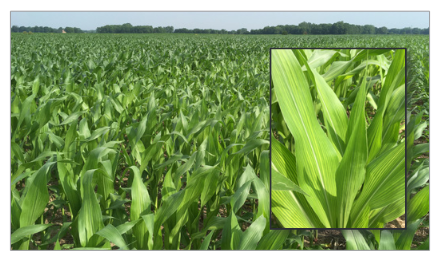
In recent years, sulfur (S) deficiency has been diagnosed in corn, soybean, alfalfa, and wheat in the Midwest, including Indiana and Michigan.

After a delayed start to our planting season, we were able to plant both corn and soybean across the state in record or near-record time during May. This coincided with some timely rains and hot weather.
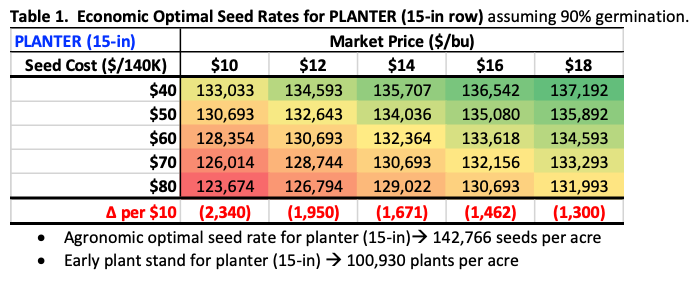
Soybean seed rate selection is based on a number of factors such as germination score, seed quality, variety, seed protection, planting equipment, and field conditions.
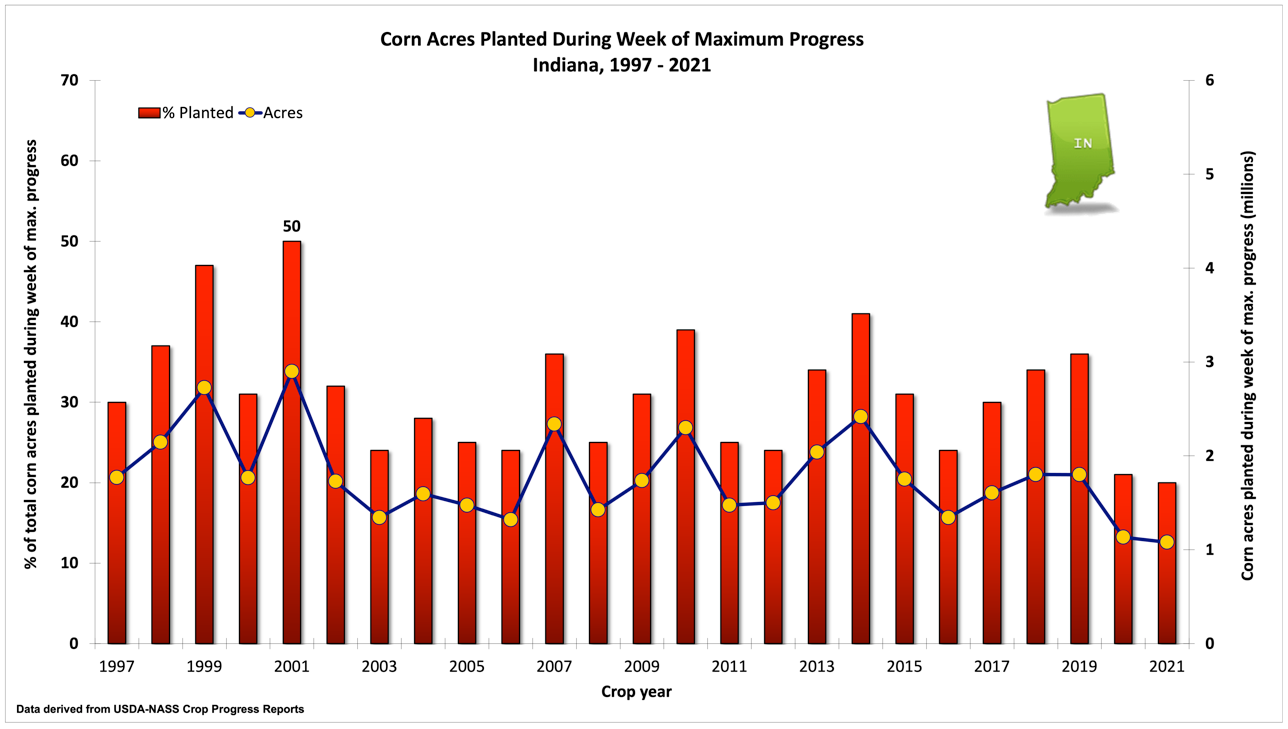
The number of 30-, 40-, and 60-ft wide (or larger) field crop planters across the U.S. Midwest is greater today than, say, 25 years ago.
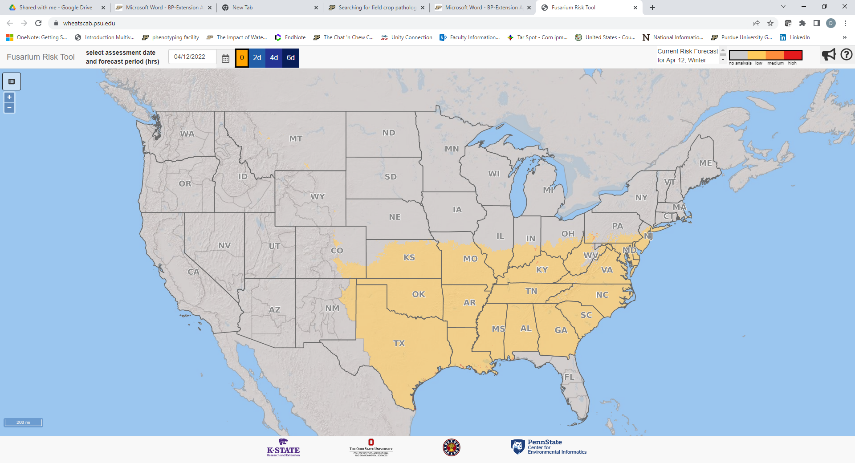
There are a few resources available for monitoring field crop diseases here in Indiana.
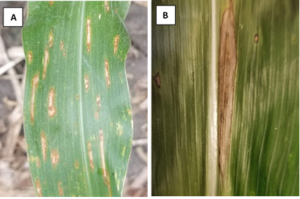
It is important to continue to scout for diseases in both corn and soybeans. Recent rains have created favorable environmental conditions for the development of foliar diseases in both crops. In our scouting rounds this week we continue to find gray leaf spot, northern corn leaf blight, and tar spot in corn (Figure 1 and 3), and frogeye leaf spot, downy mildew and Septoria brown spot in soybean (Figure 2). In addition, we continue to add counties with active tar spot and southern rust in Indiana. The most frequent question I have received is, “Should we make a fungicide application?” My response – What diseases are you finding in your field? What is your hybrid/variety susceptibility and field history? What growth stage? Are you irrigating? A fungicide application can be effective at reducing disease and protecting yield, but there are a number of factors that need to consider: the field[Read More…]

Early in June we were discussing the possibility of drought intensifying causing issues with stand establishment and early rooting and nodule development.
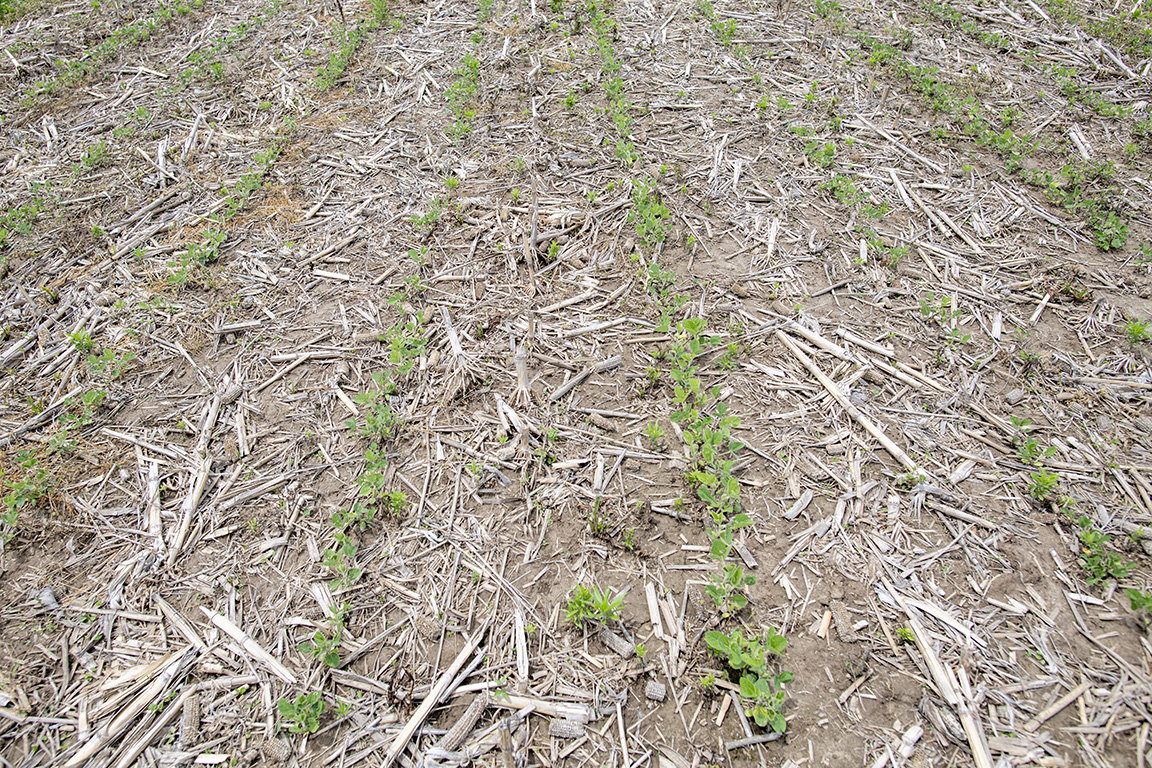
This season, thousands of Indiana’s acres of soybean were planted in early April because the soil and temperatures were ideal.
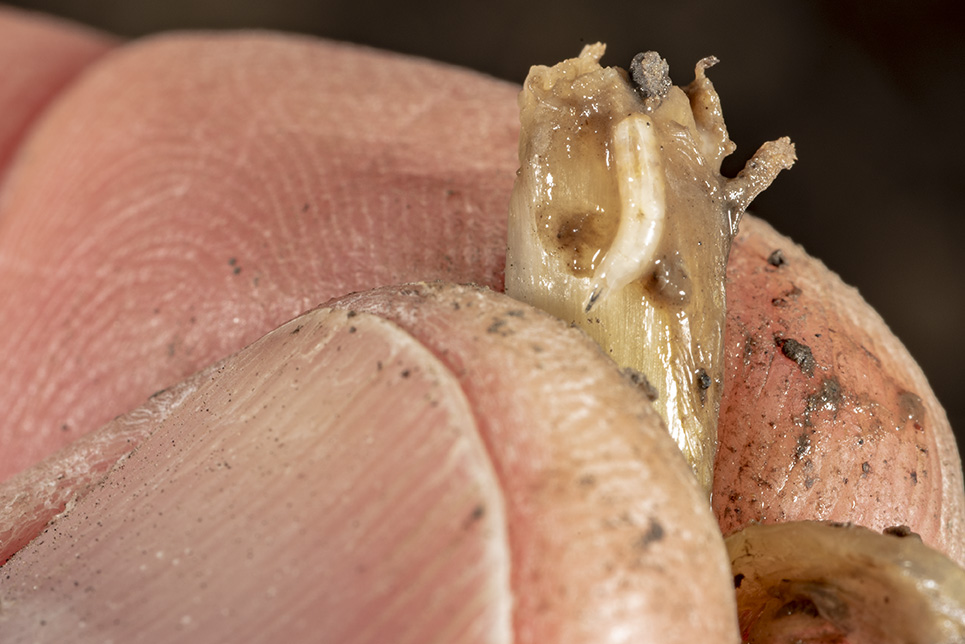
As we discussed here last week, there have been an unprecedented number of calls and samples regarding seedcorn maggot damage, particularly in soybeans.


